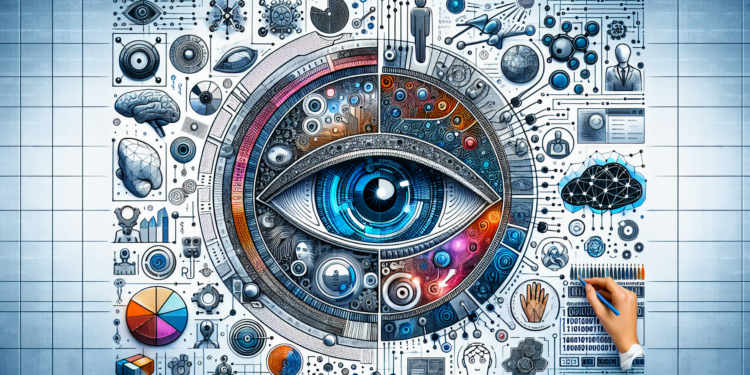Classification, understood as the act of distributing entities into mutually exclusive categories, represents one of the most pervasive applications of artificial intelligence (AI). The inherent complexity of the classificatory act has evolved from simple machine learning algorithms to profound learning structures that astonishingly mimic human cognition. Addressing such developments, this article unravels the quintessence of recent technical advances and projects the horizon of future possibilities.
Theoretical Foundations for Modern Classification
Classification is built on three fundamental pillars: information theory, genetic algorithms, and neural networks. Information theory, tracing back to Claude Shannon, provides a mathematical basis for understanding the amount of information an event represents. This has directly influenced the predictive capability of modern classification models.
Genetic algorithms, inspired by the mechanisms of biological evolution, play a starring role in the optimization of hyperparameters in complex models. The power of natural selection is reflected in the ability of these algorithms to iterate toward efficiency.
Neural networks, especially deep learning networks, have revolutionized the current landscape by demonstrating how computational structures can emulate with great accuracy the neuronal processing patterns in the human brain. From multilayer perceptrons to convolutional and recurrent networks, the AI spectrum has significantly widened to include systems capable of learning and generalizing from unstructured data with disconcerting efficiency.
Contemporary Advances in Classification Algorithms
Advancements in classification can be observed in deep learning techniques. Here, Generative Adversarial Networks (GANs) and Convolutional Neural Networks (CNNs) have pushed the boundaries, enabling image and video classification to reach levels of precision that rival human capabilities.
In the realm of text mining, Transformers models like BERT and GPT-3 have set new standards in semantic classification, covering everything from sentiment analysis to automatic document tagging.
Multimodal classification, which combines data of different types and sources, has become an increasingly interesting field. The coordinated handling of textual, visual, and auditory information by algorithms has opened the door to new methods of pattern detection and real-time categorization.
Innovative Applications in Classification
The practical impact of AI-mediated classification is extensive and varied. In precision medicine, AI-classification systems now play a part in radiological and pathological interpretation, often with superlative levels of accuracy. Similarly, in cybersecurity, classification helps differentiate between benign and malicious behaviors, underpinning more robust and adaptable intrusion detection systems.
Early detection of hate speech and misinformation are tangible examples of how AI can preserve and promote healthy communicative environments. Through classification on social networks, harmful dynamics and malicious actors have been identified with unprecedented precision.
Comparative Observations and Historical Evolution
Contrasting with pioneer classification methods such as the k-means algorithm, Support Vector Machines (SVM), and decision trees, contemporary AI systems offer qualitatively different and quantitatively superior solutions. The ability to learn latent representations of data and to perform transfer learning has put current methods in a league of their own.
Historically, the transition has been from static linear and nonlinear algorithms to dynamic and self-adjusting systems capable of continuously refining their classification patterns.
The Promise and Challenges of the Future
Looking ahead, the integration of reinforcement learning into classification systems promises to further revolutionize the way automatic decisions are made. Leveraging feedback and the dynamic states of the environment could lead to AI systems that not only classify but also interact and adapt to changing contexts.
However, ethical questions and explainability remain pressing challenges. As classification systems become more autonomous and ubiquitous, concerns arise about automated decision-making and its impact on society. Addressing these concerns requires a framework that converges algorithmic transparency, fairness, and accountability.
Conclusions and Future Directions
The current state of AI-mediated classification is one of unparalleled power and promise. The strategic link between theory and practice has led to innovations that continuously redefine the possible. Nonetheless, technical advancement must be complemented by a rigorous evaluation of the ethical and social implications of autonomous systems.
For future research, it is crucial to integrate explainable AI methods, develop safeguards against systematic biases, and enhance the interoperability among different classification systems. Interdisciplinary collaboration will be key to unlocking the next levels of this tool that is undoubtedly sculpting the fabric of our technological and social future.
At the intersection of technical and philosophical, AI classification forms the beating heart of an era of discovery and adaptation, an era that requires both artificial and human intelligence to chart a course that aligns with the deepest values and aspirations of our species. With diligence and insight combined, AI-mediated classification will not just be a technical function but a beacon of responsible innovation.






















